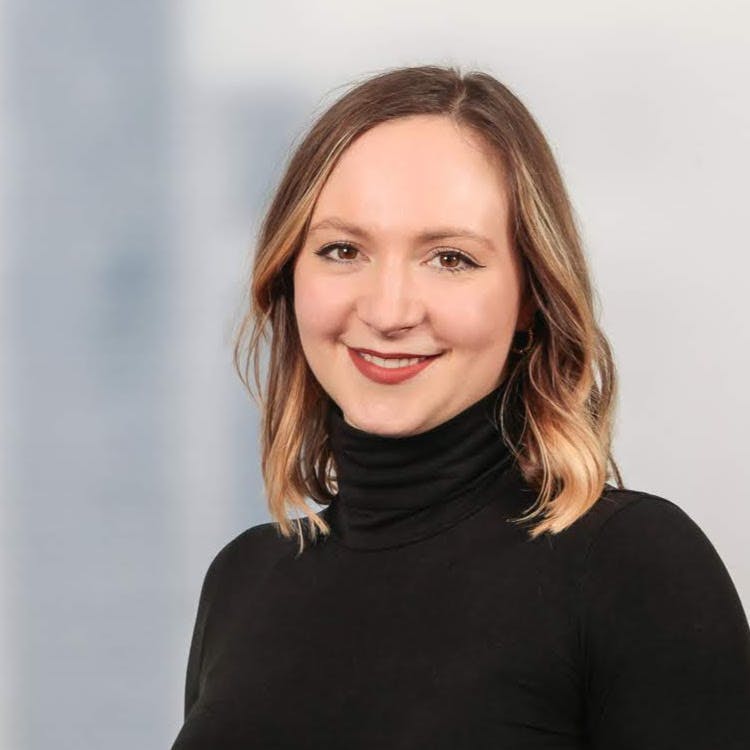Can It Ever Be "Too Late" For a Career Breakthrough? Research Says No
A few months ago, in the heat of our hot vax, hot girl summer, I turned 30. Up until that point, it had hardly been the year I’d been dreaming of to ring in my next decade: I spent winter and spring cooped up alone in my apartment, trying out new hobbies to fill the time where I would normally be out and about. But just in time for summer, the stars aligned: social life opened up, and travel was possible again as my 30th birthday approached.
I started to consider: What comes next? When the summer slides into fall and we migrate indoors once again, what will become my focus? More existentially, will I have bid all my best years adieu? Or are they just around the corner?
Looking for advice, wisdom, and inspiration grounded in science, I did a lot of reading. Conventional wisdom tells us to sharpen our focus in four realms in our lives: relationships, finances, health, and our careers. In terms of relationships, there is ample research on friendships, dating, and long-term romantic partners. There's also extensive literature on how to establish healthy habits, and financial advice to help us save for later life.
But what about our careers? Is the window for a career breakthrough gone by the time our twenties run out? In other words, if I spent my twenties diving into different interests and concerns, but had not yet found "the one" (in many senses other than my career), had I missed the boat? I needed only to open my iPhone to be reminded of Whitney Wolfe Herd of Bumble, Daniel Ek of Spotify, or Evan Spiegel of Snapchat, who all had their big break before they turned 30.
A research paper published in September continues in a line of research on the "hot-streak" phenomenon. It turns out, reaching career greatness might not be so age-dependent as we might think, but instead dependent on a particular style of work.
References
- Barabási, A. (2018). The Formula: The Universal Laws of Success. Little Brown.
- Davis, N. (2021, September 13). Scientists identify key conditions to set up a creative "hot streak". The Guardian
- Gordon, G. (2017, June 7). The life and accomplishments of Zaha Hadid. Savoire Flaire. https://www.savoirflair.com/culture/312266/remembering-zaha-hadid
- Janosov, M., Battiston, F. & Sinatra, R. (2020). Success and luck in creative careers. EPJ Data Science 9(9) https://doi.org/10.1140/epjds/s13688-020-00227-w
- Kaufmann, S. B. (2015, December 29). Why creativity is a numbers game. Scientific American. https://blogs.scientificamerican.com/beautiful-minds/why-creativity-is-a-numbers-game/
- Liu, L., Dehmamy, N., Chown, J., Giles, L. C., & Wang, D. (2021). Understanding the onset of hot streaks across artistic, cultural, and scientific careers. Nature Communications, 12(5392). https://doi.org/10.1038/s41467-021-25477-8
- Liu, L., Wang, Y., Sinatra, R. Giles, L. C., Song, C., & Wang, D. (2018). Hot streaks in artistic, cultural, and scientific careers. Nature, 559, 396–399. https://doi.org/10.1038/s41586-018-0315-8
- Marcinignac. (2021, September 14). Many artists including myself struggle with never ending exploration and producing large body of work ending ‘in the drawer’. While the exploitation step is obvious when to initiate and how long to sustain it is less so. [Comment on the online forum post Understanding onset of hot streaks in artistic, cultural and scientific careers]. Hackernews. https://news.ycombinator.com/item?id=28511813
- Purtill, C. (2018, June 27). Stanford researcher says we shouldn't start working full time until age 40. Quartz at Work. https://qz.com/work/1314988/stanford-psychologist-laura-carstensen-says-careers-should-be-mapped-for-longer-lifespans/
- Sinatra, R., Wang, D., Deville, P., Song, C. & Barabási, A. (2016). Quantifying the evolution of individual scientific impact. Science, 354(6312). 10.1126/science.aaf5239
- Wang, D. (2018, October 5). Research: Career hot streaks can happen at any age. Harvard Business Review. https://hbr.org/2018/10/research-career-hot-streaks-can-happen-at-any-age
About the Author
Natasha Hawryluk
Natasha is a consultant in change management and organization design. During her psychology undergrad, Natasha assisted in a fMRI lab and intercultural communication lab at the University of Alberta. Natasha's psychology background and exposure to behavioral science during graduate school influenced her to continue to engage her passion for understanding human behavior even in her industry-facing career. Natasha lives in Berlin,Germany where she completed her MBA ('18).
About us
We are the leading applied research & innovation consultancy
Our insights are leveraged by the most ambitious organizations
“
I was blown away with their application and translation of behavioral science into practice. They took a very complex ecosystem and created a series of interventions using an innovative mix of the latest research and creative client co-creation. I was so impressed at the final product they created, which was hugely comprehensive despite the large scope of the client being of the world's most far-reaching and best known consumer brands. I'm excited to see what we can create together in the future.
Heather McKee
BEHAVIORAL SCIENTIST
GLOBAL COFFEEHOUSE CHAIN PROJECT
OUR CLIENT SUCCESS
$0M
Annual Revenue Increase
By launching a behavioral science practice at the core of the organization, we helped one of the largest insurers in North America realize $30M increase in annual revenue.
0%
Increase in Monthly Users
By redesigning North America's first national digital platform for mental health, we achieved a 52% lift in monthly users and an 83% improvement on clinical assessment.
0%
Reduction In Design Time
By designing a new process and getting buy-in from the C-Suite team, we helped one of the largest smartphone manufacturers in the world reduce software design time by 75%.
0%
Reduction in Client Drop-Off
By implementing targeted nudges based on proactive interventions, we reduced drop-off rates for 450,000 clients belonging to USA's oldest debt consolidation organizations by 46%




















